Envirosense - empowering the transition to greener workplaces
As environmental sustainability remains a top priority, emissions from offices and buildings get increased attention. With our new concept Envirosense we help companies to assess the environmental impact of their workplaces and develop a roadmap with fact-based measures that will empower the transition to greener workplaces.

With our unique and data-driven concept Envirosense, we help our customers take measures to reduce the environmental impact in their workplaces.
We have developed a methodology to help our customers understand their office footprint and continuously measure and report how it develops over time, set targets for impact reduction, and identify the actions that reduce their office footprint and optimize how they use their offices. To do so, we have identified seven environmental themes that are key to address when transitioning to a greener workplace.
The themes have been identified by thorough analysis of data from several different areas connected to daily work from offices. Read more about the themes below and reach out to our Workplace strategists if you have further questions, they will be happy to assist you on your journey.
7 key themes that can reduce carbon footprint at the workplace
After gathering information from data, analyses, interviews and other means, we know which areas have the biggest impact on your office. That is when our professional Workplace strategists will assist you in identifying which measures that will help you reduce it.
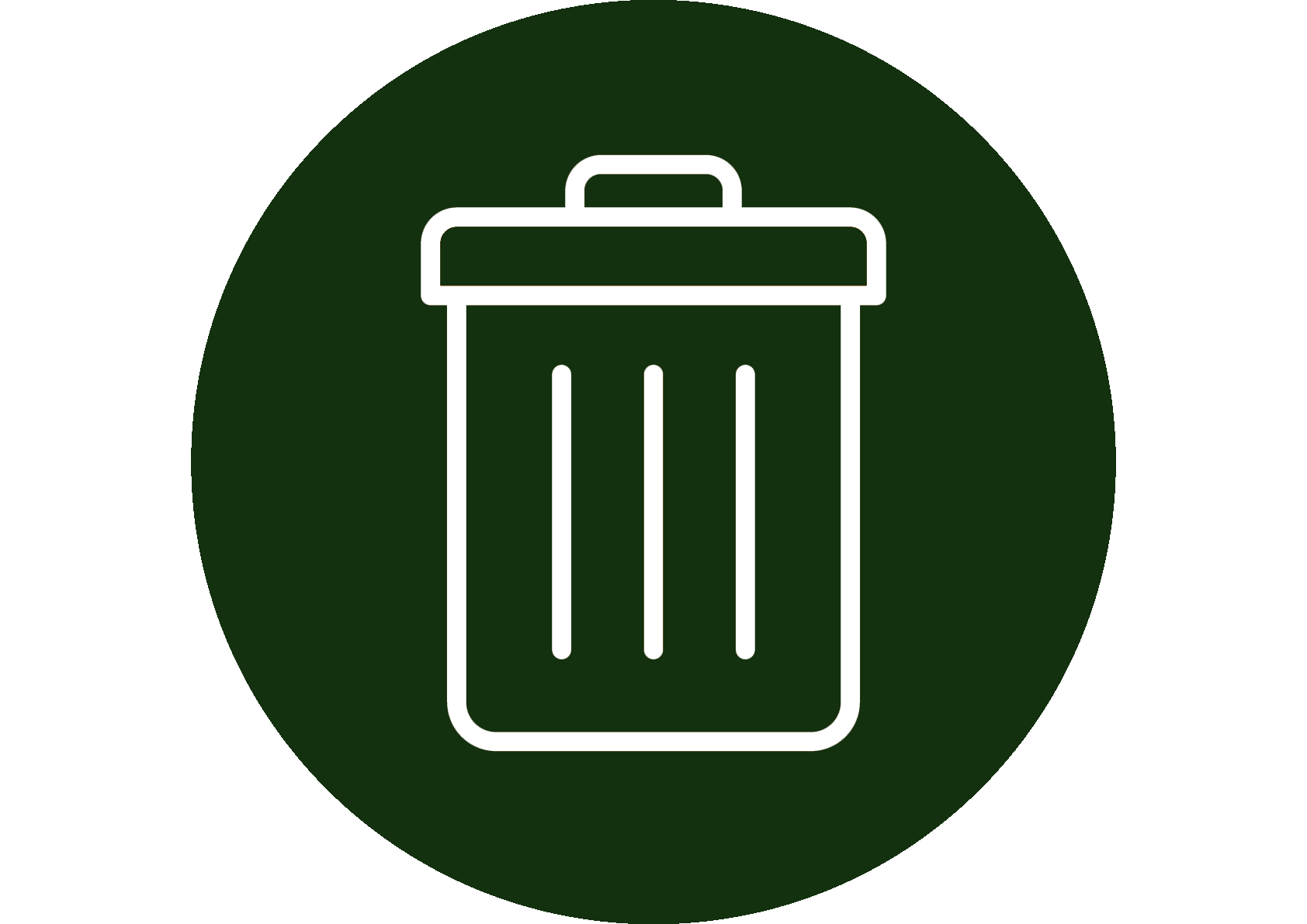
The EU's goal is for 60 percent of municipal waste to be reused and recycled from the year 2030 (65% from year 2035) and EU countries must reduce the amount of municipal waste sent to landfill to 10% or less of the total amount of municipal waste generated by 2035 at the latest1. Office waste comes in many forms and shapes and by enabling and empowering people to sort their waste properly at their workplaces, organizations can maximize reuse or recycling downstream.
- How much waste does your workplace generate and what is the recycling rate?
- What can you do to reduce waste and enable more recycling at your workplace?
With our Environsense concept, we aim to support our customers’ transition to greener workplaces.
Source:
1) European Parliament, Waste management in the EU
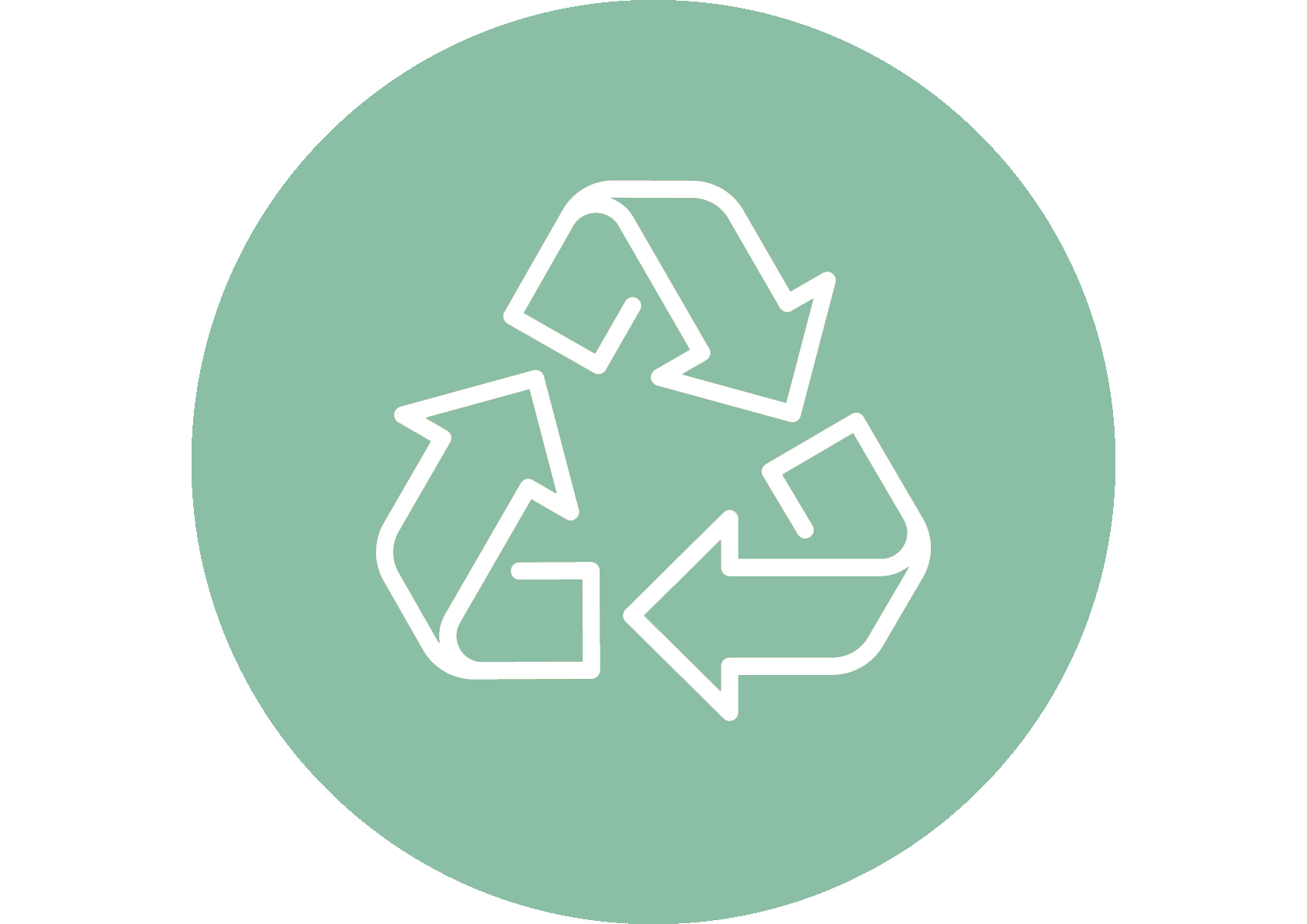
This is a challenge today as the number of secondary materials being cycled back into the global economy has shrunk from 9.1% of total material inputs in 2018 to 7.2% in 20231. As an example, 80% to 90% of the furniture waste in the EU is incinerated or sent to landfill, with only 10 % recycled2.
The most common product categories in offices are office interior, office equipment, hygiene material and office supplies, and the most common services are cleaning and hospitality services. By practicing a circular mindset when procuring and managing products and services, organizations can reduce their environmental impact.
- How do the products and services you use at your workplace impact the environment?
- How can you, by practicing a circular mindset, reduce that impact?
With our Envirosense concept, we aim to support our customers’ transition to greener workplaces.
Sources:
1) The Circular Gap Report, 2023
2) Researchgate, 2021, Circular Economy & the Furniture industry: The state-of-the-art in the EU & Sweden
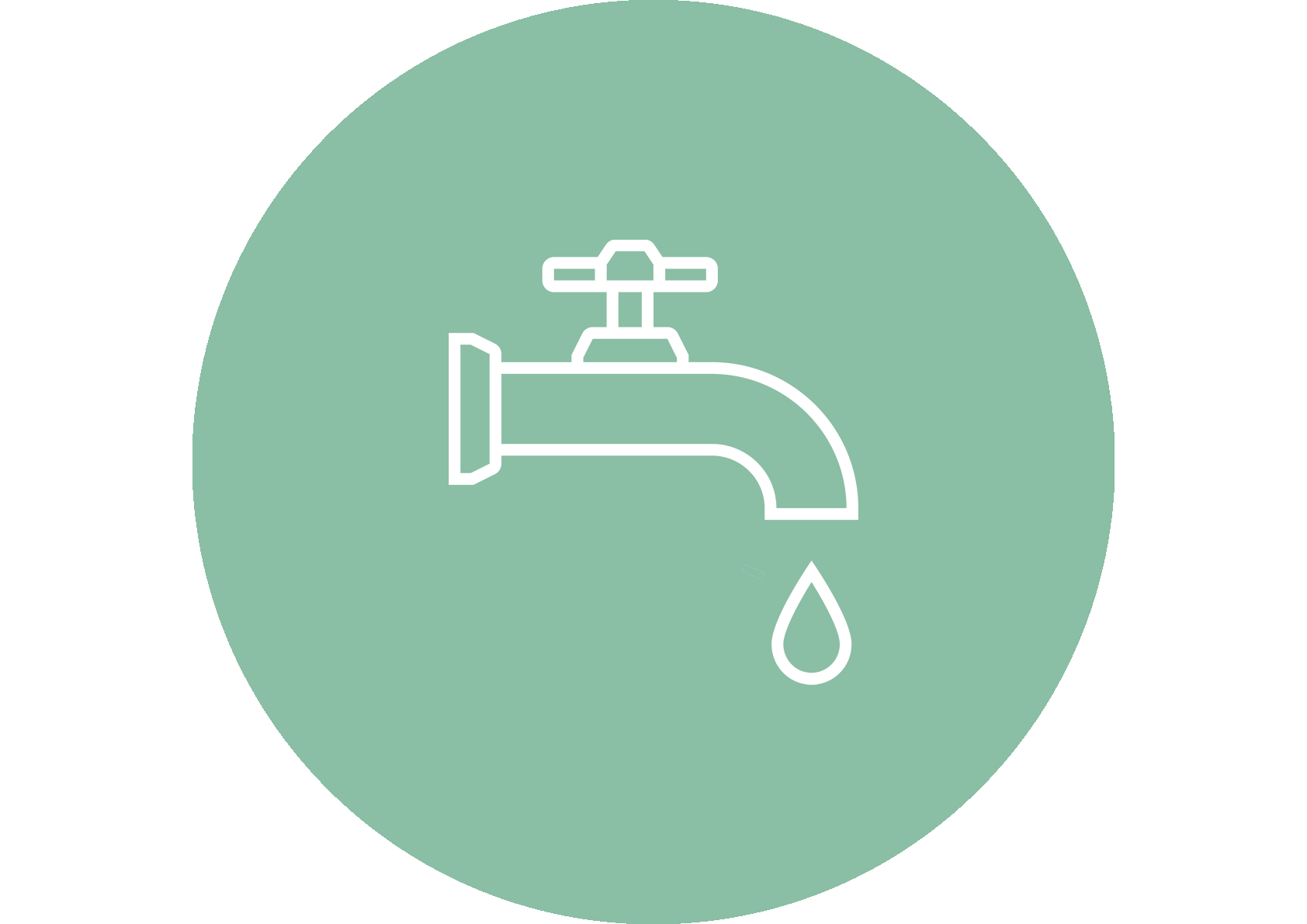
How we consume water also impacts the environment in several other ways, for example energy for heating water and microplastics from laundry water. By enabling and empowering people to use water responsibly at their workplaces, organizations can not only reduce water consumption but also reduce their environmental impact.
- How much water do you consume at your workplace?
- What can you do to reduce water consumption and reduce environmental impact from water usage?
With our Environsense concept, we aim to support our customers’ transition to greener workplaces.

With a large and growing proportion of people choosing to commute to work by car, electrification will play a vital role in substantially lowering carbon emissions in the coming years. And so will an increased share of alternative means of transport, such as public transport, bicycles, walking and using other types of electrical vehicles, such as e-bikes and e-scooters.
- How do your people commute to the office and how does that impact the environment?
- How can we together enable and engage your people to commute in a more environmentally friendly way?
With our Environsense concept, we aim to support our customers’ transition to greener workplaces.
Source:
1) WSP, The mobility study 2022, Travel habits before and after the pandemic

It is well known that nutrition has a huge impact on peoples’ health and wellness, but it also has an impact on the environment. The global food system emits ~20 GtCO2e per year and roughly 1/3 of the food produced for human consumption in the world is lost or wasted. This means that food waste alone generates about 8% - 10% of global greenhouse gas emissions2. By offering sustainable nutrition and empowering people to make sustainable choices, organizations have a great opportunity to improve peoples’ lives and to make the planet a better place to live.
- How sustainable is the food provided at your workplace?
- What can you do to provide more attractive and healthy food and at the same time reduce impact on the environment?
With our Environsense concept, we aim to support our customers’ transition to greener workplaces.
Sources:
1) Coor, 2023, Join the Workplace Revolution
2) Scientific Reports, Roadmap for achieving net-zero emissions in global food systems by 2050
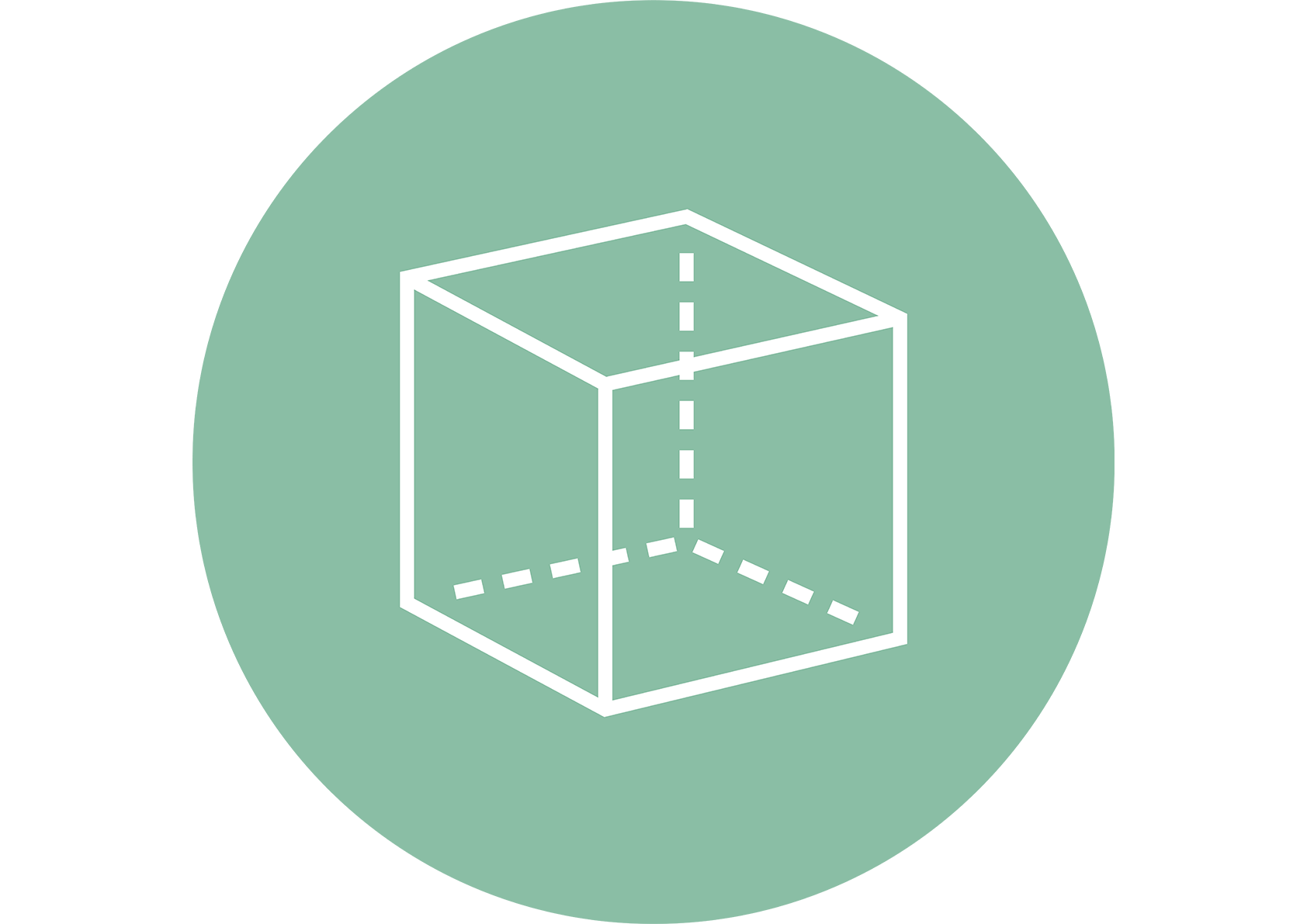
As many as 77% of Nordic decision makers say they will execute or plan general renovations or redistributions of their office spaces in 2023 and 20241. Apart from making workplaces more attractive and cost effective, the environmental perspectives connected to workspaces and the built environment also become more and more important. The ability to plan for and to use workspaces as intended will be key to reducing environmental impact going forward.
- How well does your workspace support your organization and your people’s needs, and how does your workspace impact the environment?
- How can you future-proof your workspace not only from a business and people perspective, but also from an environmental point of view?
With our Environsense concept, we aim to support our customers’ transition to greener workplaces.
Source:
1) Coor, 2023, Join the Workplace Revolution
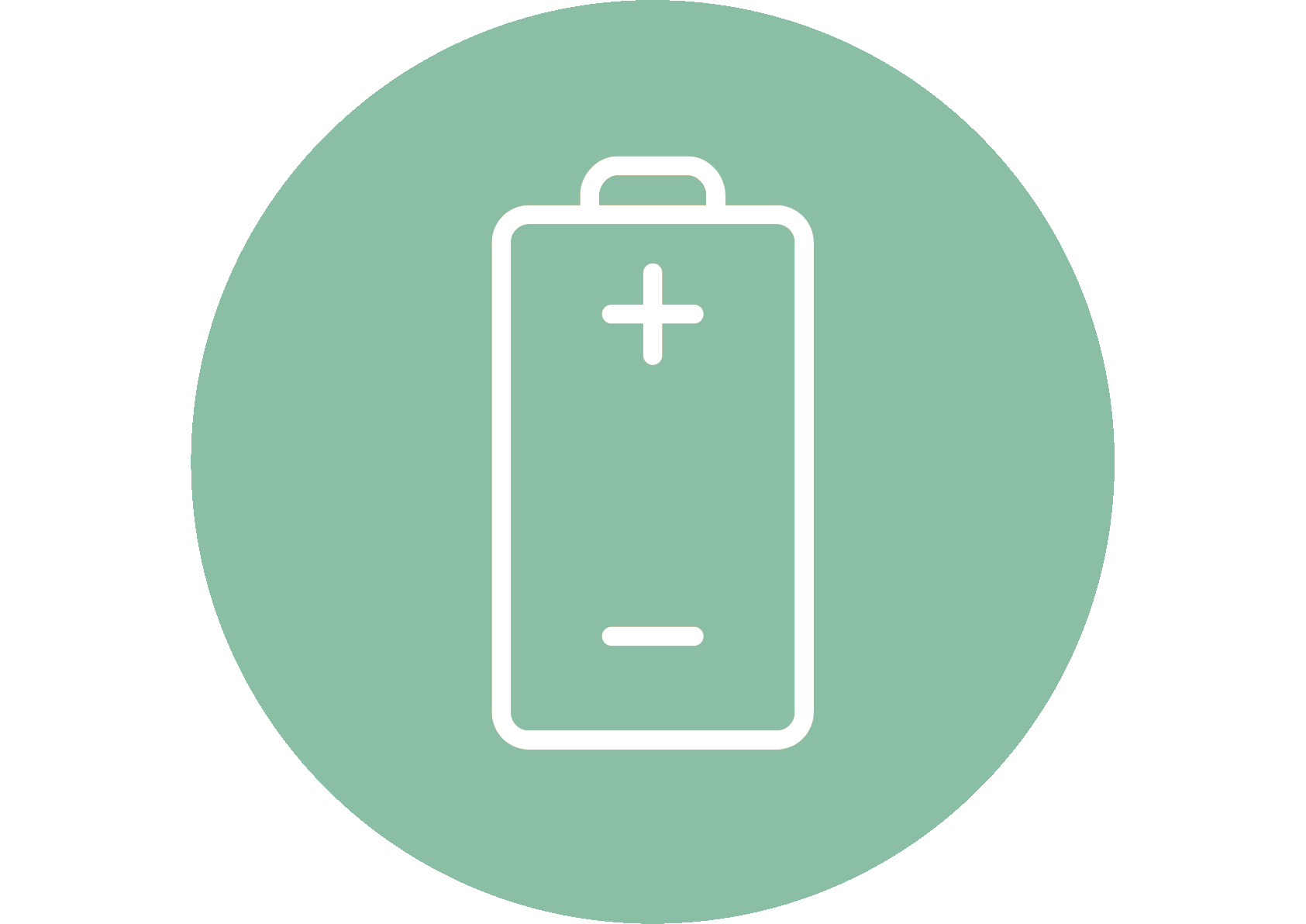
With high levels of electrification in commercial and public buildings and 87% of electricity and heating in the Nordics coming from low-emission sources, high focus is put on energy efficiency in existing buildings and the introduction of building codes for constructing new and retrofitting existing buildings2. In addition to building-related energy consumption, organizations can also reduce their business-related energy consumption in offices.
- How energy-efficient is the building your office is situated in and how energy-efficient is your business-related consumption?
- What can you do to become more energy efficient overall?
With our Environsense concept, we aim to support our customers’ transition to greener workplaces.
Sources:
1) International Energy Agency, 2021, Buildings tracking report
2) International Energy Agency, 2021, Key energy statistics

Contact Workplace strategists in your country
Advisory in Denmark
Advisory in Finland
Advisory in Norway
Advisory in Sweden
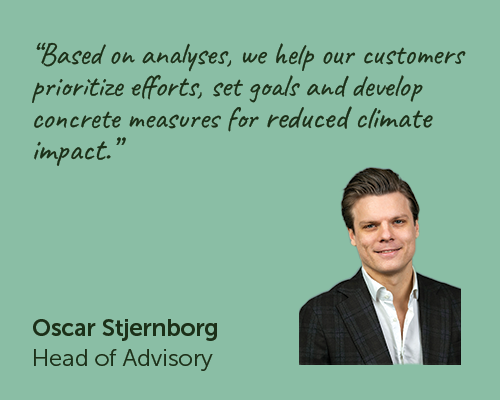
Insights on topics affecting our work life
As thought leaders within facility management, we regularly arrange webinars and share our knowledge at other live events, such as round table discussions and conferences. We also have a knowledge bank on our website, where you can get insights into how trends and other factors influence our work life and offices. Below, you will find a few samples.
About Coor
Coor is one of the leading providers of facility management services in the Nordics, offering all the services necessary for a company or public body to work smoothly and efficiently.
We create solutions for properties and workplaces that allow our customers to focus on their core business.
Alongside with our own journey to reach net-zero greenhouse gas emissions by 2040, we also help our customers to reduce their impact.
Founded: 1998
Employees: about 13 000
Operations in: Sweden, Denmark, Norway, Finland & Belgium

